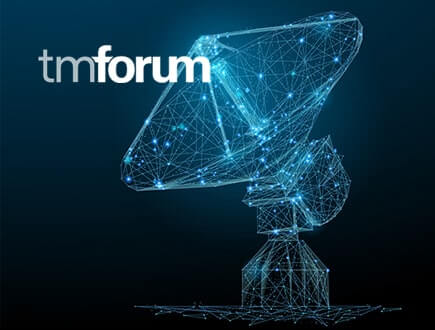Over the last couple of decades, evidence suggests that games have influenced our daily lives in numerous ways, given people spend an insane amount of time playing games. By one analyst's calculation, “The 11 million or so registered users of the online role-playing fantasy World of Warcraft, collectively, have spent as much time playing the game since its introduction in 2004, as humanity spent evolving as a species! About 50 billion hours of game time - this adds up to about 5.9 million years!” – Hard to digest – isn’t it?

How does it get so addictive?
While playing a game, the powerful combination of concentration and the satisfaction of being rewarded instantaneously, cause a surge of neurotransmitters like dopamine (“the pleasure chemical”), to hit the decision-making area of the brain. As Vaughan Bell quotes in the science section of ‘The Guardian’, “Studies on roulette players have recorded as much activity in the brain when punters lose money with a miserable near-miss as when they have an enjoyable win. In this case, dopamine seems not to be signaling pleasure but indicating how close you got to the reward and encouraging another attempt.” Think about it - when you are playing games on your mobile or tablet, you seem to be fine with taking risks. Despite losing, you want to have another go at it and another and another!
Studies show that there are a lot of positives associated with this addiction to games. For example, taking risks allow people to get more creative, bringing in more individuality while also being fun. The fear of losing is eliminated from the equation. Games also provide the platform to demonstrate your skills publicly and give you a sense of purpose - to win something. According to Daniel H. Pink, people are intrinsically motivated and have a very real need to realize:
- Autonomy
- Mastery
- Purpose
These elements according to Pink are the needs of today, given the lower level needs of the modern society are largely met (the physiological needs as per Maslwo’s theory). Game mechanics & techniques address exactly these needs.
The psychology of engagement can be applied in multiple ways to business applications (non-game context) using Gamification as the medium. Gabe Zichermann says “Gamifying an application doesn't necessarily mean adding fancy graphics and sound effects, but often it does mean keeping score and letting "players" see how they rank on a leader board, the equivalent of the high scores screen on a video game. In a business context, that might mean letting salespeople see how they rank and how close they are to achieving a goal or securing a bonus as a way of getting their competitive juices flowing”. This was very evident when Torry Harris Gamified the CSR (customer service representative) training modules with respect to the new ticketing tool the CSRs had to gain mastery over! It was seen that employee engagement and retention had significantly improved as there was a considerable reduction, of 40 percent, in attrition. In addition, there was a notable increase in productivity and learning as the operator reported a 30 percent increase in Knowledge Management.
As with everything else, there is apparently also a “dark side” to Gamification. As per Kathy Sierra, one could use gamification as a means to “exploit” users through operant conditioning – manipulating their behavior to get them to do something. Having said that, one shouldn’t underestimate the pragmatism and experience people possess and the fact that people have a choice whether to play a game or not. So, the concern perhaps should not be as much about exploitation as it should be about the context in which to use Gamification. If the context is to help users do what they really want to do and have to do at their workplace but find tedious or monotonous, then Gamification not only makes it more fun but also acts as a catalyst to get work done efficiently.
So, let the games begin!!
Related Posts

In today’s context, with increasingly complex interactions and digital human touch-points, unless all faculties of design thinking are applied with full competence, we might fall short of solutions that address a customer need and how someone would want to use something on an ongoing basis (marketplace), both at the emotional and functional levels.

Gamification is the use of game techniques in non-game situations to drive/motivate people. This infographic shows how gamification can help enterprises.

Businesses have been dismissing gamification as a “fad”, and criticizing the use of game principles at the workplace. However, a deep dive thesis and some implementations and studies later, gamification is seen to be producing very tangible results in areas of user engagement, customer retention, RoI, learning etc. and is no more considered a marketing gimmick.
Whitepaper



Analyst Speak

(THIS) has been cited among notable vendors by Forrester Research in its report ‘The API Management Software Landscape, Q1 2024’. The report recognizes Torry Harris as a provider offering API management solutions with a geographic focus in the EMEA & APAC regions.

Forrester observes that the initial rush to “lift and shift” to the cloud has now been replaced by a focus on modernization and digital transformation. Cloud migration is the first step in a long journey to take advantage of the latest cloud-native technologies and services.

Torry Harris is a 'Strong Performer' in The Q3 2022 Forrester Wave™ for API Management Solutions. This report shows how each provider measures up and helps technology architecture and delivery (TAD) professionals select the right one for their needs.
Past Webinars






